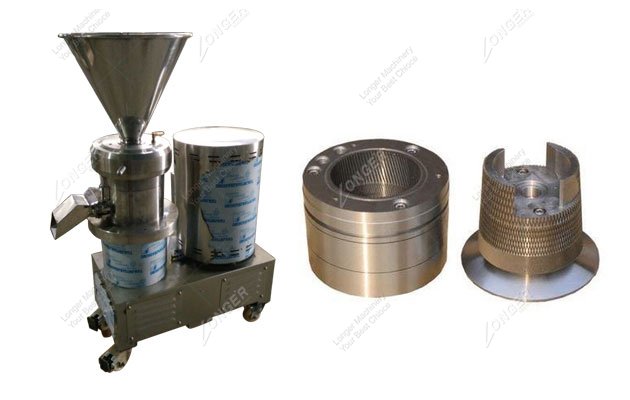How to adjust the size of the gap between the colloid mill?
Category: Blog
Colloid mill is driven to rotate by the motor through the belt drive gear (or rotor) and tooth matching (or stator) relative to the high-speed rotation of the processed materials by the weight or external pressure (which can be produced by the pump pressure) produce a spiral downward impact, through the interaction between the colloidal grinding and rotating teeth, the material can be effectively emulsified, dispersed and smashed by the physical effect of strong shear force, friction force and high frequency vibration, so as to achieve the effect of ultrafine grinding and emulsification.
Why should the size of the gap between the colloid mill be adjusted? The factors that affect the results of grinding and comminution have the following points:
1. The shear rate of the leader (colloidal mill is bigger, the better)
2. The tooth structure of the colloid grinding head (divided into the initial, middle, fine teeth, superfine teeth, the better the effect of the fine teeth)
2. The tooth structure of the colloid grinding head (divided into the initial, middle, fine teeth, superfine teeth, the better the effect of the fine teeth)
3. The number of cycles (more, the better, the time limit to the device, the better)
So it is necessary to adjust the size of the colloid mill.
The grinding gap can be manually adjusted by the adjusting ring on the cover. The grinding tool is made up of some standard radial teeth, that is, the rotor and stator are tightly arranged at the front and rear. The first level teeth are rough and have special feeding area. The second level teeth are very precise. The equipment can not feed itself, but it can form pressure at the outlet to overcome the vacuum feed. The vacuum degree depends on the size of the lapping gap and the rotating speed of the rotor.
Contact information:
Skype: serenayan666
Email: serena@machinehall.com
Whatsapp/Mobile: +8618595717505


